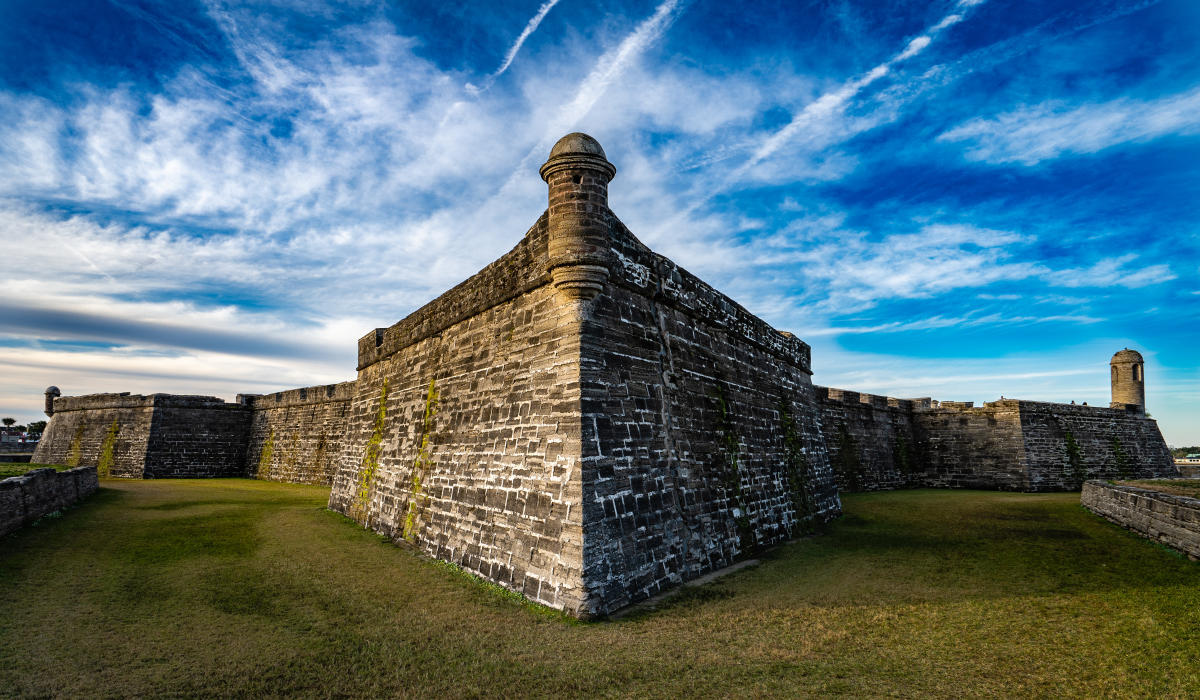Secrets Of Florida’s Lost Spanish Colonies

Did you know Florida hides secrets from centuries past? Long before Disney World and Miami Beach, Spanish explorers established colonies here. These settlements, often overshadowed by more famous historical sites, hold fascinating stories waiting to be told. Imagine walking through ancient ruins, feeling the whispers of history around you. From the bustling streets of St. Augustine to the lesser-known sites scattered across the state, these remnants offer a unique glimpse into early colonial life. Whether you're a history buff or just curious, uncovering the lost Spanish colonies in Florida can be an exciting adventure. Ready to step back in time? Let's dive into the past and explore these hidden gems.
Secrets of Florida's Lost Spanish Colonies
Florida's history is rich with tales of Spanish explorers and settlers. These forgotten colonies offer a glimpse into the past, showcasing the struggles and triumphs of early Spanish settlers. Let's uncover some of these hidden gems.
St. Augustine
St. Augustine is the oldest continuously inhabited European-established settlement in the continental United States. Founded in 1565 by Spanish admiral Pedro Menéndez de Avilés, this city has a storied past.
- Castillo de San Marcos: This fortress, built in the late 17th century, stands as a testament to Spanish engineering. Its coquina walls have withstood numerous sieges and hurricanes.
- Colonial Quarter: Experience life as it was in the 16th, 17th, and 18th centuries. This living history museum offers hands-on activities and reenactments.
- Mission Nombre de Dios: Established in 1565, this mission marks the site of the first Catholic mass in the United States. The grounds include a beautiful chapel and a towering cross.
Pensacola
Pensacola, often overshadowed by St. Augustine, has its own unique Spanish heritage. Founded in 1559 by Tristán de Luna, it predates St. Augustine but was abandoned due to hurricanes.
- Historic Pensacola Village: This collection of 28 properties includes several from the Spanish colonial period. Guided tours provide insights into early colonial life.
- Fort Barrancas: Originally built by the Spanish in the late 18th century, this fort played a crucial role in protecting Pensacola Bay.
- Arcadia Mill Archaeological Site: Discover the remnants of a 19th-century water-powered industrial complex. The site offers trails and a museum with artifacts from the Spanish colonial period.
Fort Caroline
Fort Caroline, near present-day Jacksonville, was initially a French settlement. However, the Spanish captured it in 1565, renaming it San Mateo.
- Fort Caroline National Memorial: This site commemorates the short-lived French colony and its subsequent capture by the Spanish. The visitor center provides historical context and exhibits.
- Kingsley Plantation: Located on Fort George Island, this plantation offers a glimpse into the lives of early Spanish settlers and enslaved Africans. The main house, built in 1798, is the oldest plantation house in Florida.
Apalachee Province
The Apalachee Province, in the Florida Panhandle, was home to several Spanish missions in the 17th century. These missions aimed to convert the Apalachee people to Christianity.
- Mission San Luis de Apalachee: This reconstructed mission in Tallahassee offers a window into the past. Explore the church, council house, and living quarters of Spanish settlers and Apalachee natives.
- Lake Jackson Mounds Archaeological State Park: While primarily a Native American site, Spanish artifacts have been found here, indicating early interactions between the Spanish and indigenous peoples.
Santa Elena
Santa Elena, located on Parris Island in South Carolina, was a Spanish colony from 1566 to 1587. Though not in Florida, its history is closely tied to Spanish efforts in the region.
- Santa Elena History Center: Learn about the colony's history through exhibits and artifacts. The center provides a comprehensive look at Spanish colonization efforts in the southeastern United States.
- Charlesfort-Santa Elena National Historic Landmark: This site includes the remains of both the French Charlesfort and the Spanish Santa Elena. Interpretive signs guide visitors through the history of these early settlements.
Conclusion
Exploring Florida's lost Spanish colonies offers a fascinating journey through time. These sites, each with its unique story, provide a deeper understanding of the state's rich history and the enduring legacy of Spanish exploration and settlement.
Discovering Florida's Hidden History
Florida's lost Spanish colonies offer a fascinating glimpse into a past filled with exploration, conflict, and cultural exchange. Visiting these sites, like St. Augustine or Fort Caroline, brings history to life. You can walk where Spanish settlers once stood, see artifacts they used, and learn about their interactions with Native American tribes. These hidden gems provide a deeper understanding of Florida's rich heritage beyond the usual tourist spots. Whether you're a history buff or just curious, exploring these lesser-known locations adds a unique layer to your travel experience. So next time you're in Florida, take a detour from the beaches and theme parks to uncover the stories of its early Spanish settlers. You'll gain a new appreciation for the state's diverse and complex history.

